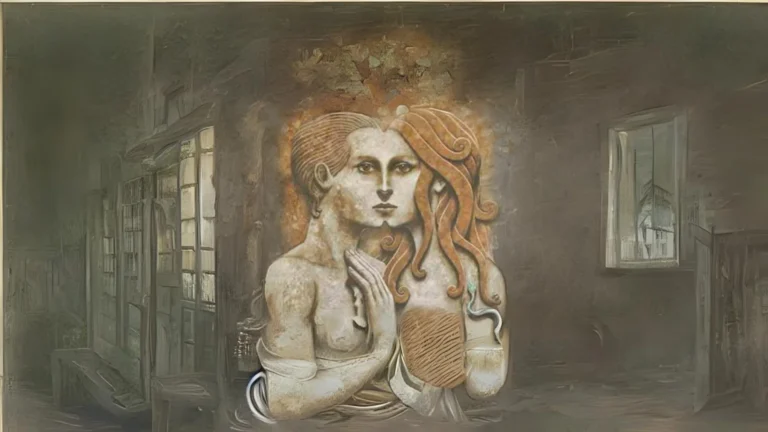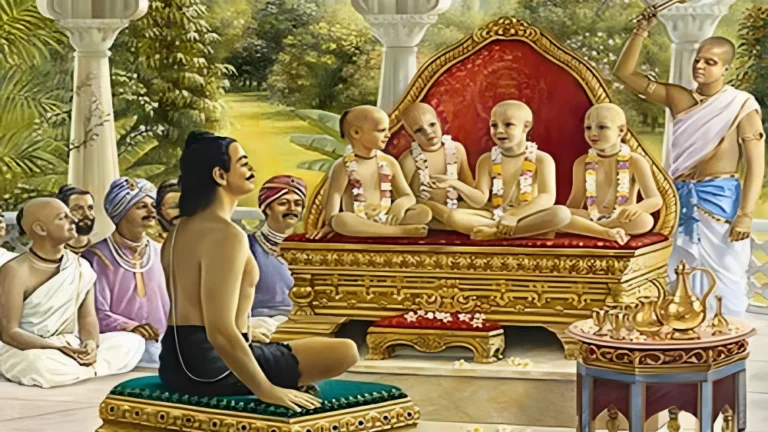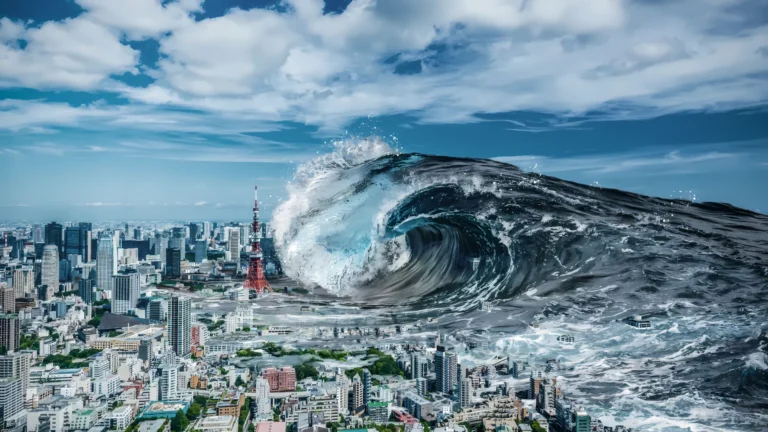Please Like the Blog and Share it for Maximum Reach
Table of Contents
What is Pralaya
Pralaya or universal dissolution is an indispensable concept, discussed in the segment describing the creation process of the universe. Universal dissolution in HariVamsa Purana might differ slightly from that in Vishnu Purana. However, the basic concepts are the same.
So, let us discuss these 4 types of universal dissolution in a bit detail.
Naimittika Pralaya
It happens at the end of 12 hours of the day of Brahma. This means Naimittika Pralaya occurs at the end of 4.32 billion earth years. After this time-span, Sri Brahma retires to sleep for the same length of time. The next 12 hours of Sri Brahma represents nightfall in Brahma Loka.
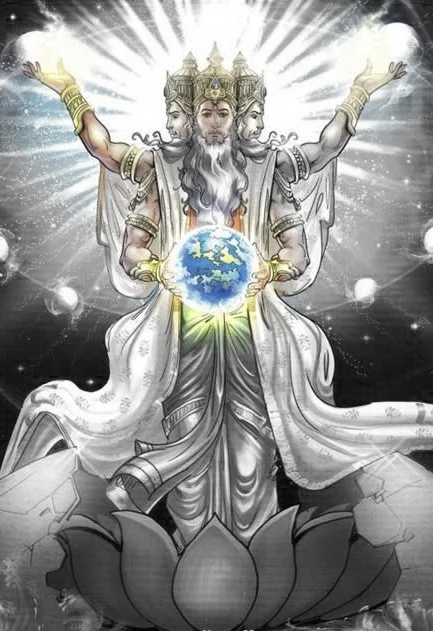
The whole of creation, that projected out from Sri Brahma’s mind, giving us this physical experience, is withdrawn into his being. Hence, the universe undergoes Naimittika Pralaya or occasional dissolution.
One entire man year is just one day and one night of the Devatas or gods. 360 such god-days constitutes a godly year.
Yugas and Celestial Days
Satya Yuga (सत युग), Treta( त्रेता युग), Dwapara(द्वापर युग) and Kaliyuga(कलियुग) makes one Chaturyuga. Adding them together, constitutes 12,000 godly or divine years. 1000 of such Chatur Yugas (चतुर युग) constitute 12 hours of Sri Brahma, his day time.
When Sri Brahma retires to sleep at the end of his day, Naimittika Pralaya follows in the 3 Lokas.
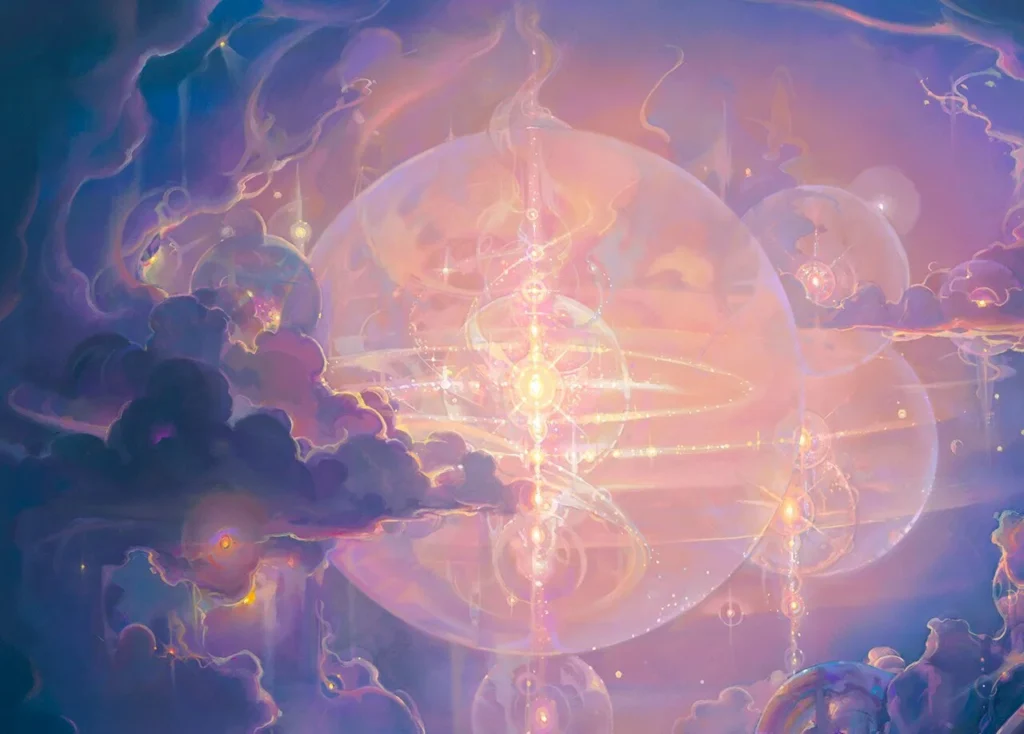
1 Day of Brahma is also known as Kalpa (कल्प). The Vishnu Purana tells us that it is Hari alone, Sri Vishnu who exists as Sri Brahma. When the Universal spirit enters Tamas or inactivity (तमस), the entire creation is withdrawn and universal dissolution happens. However, there are some exceptions to Naimittika Pralaya in the Higher worlds.
Universal dissolution only happens in Bhu (Earth), Bhuvah and Suvah. That means that the deities of the heavens like Indra, Chandra etc who are residents of Suvah or Swarga are all withdrawn. Hence, newer entities take their place in the new arrangement of the Universe.
The sages and seers and the highly divine residents of Mahar Loka, Janah Loka and Tapa Loka remain as they are. Brahma Loka or Satya Loka also maintains status quo.
Universal Dissolution in Vishnu Puran
There is a fearful description of universal dissolution in the Vishnu Purana. Sri Vishnu takes the fearsome form of Rudra and burns the nether world of Patala into ashes.
That means, Sri Rudra in His wrath, consumed the entire nether world starting from Patala up to Atala.
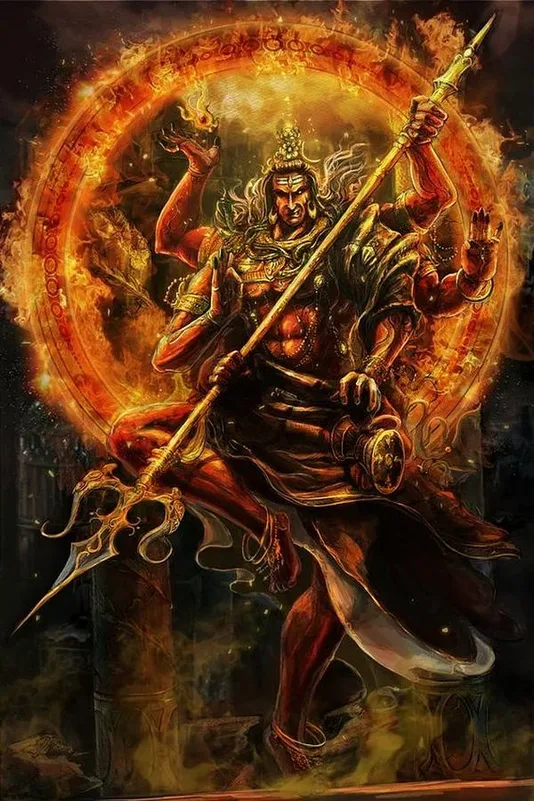
The earth or Bhu Loka is the next to go. Then the next to dissolve were the subtler worlds of Bhuvah and Suvah (Swarga) Loka. Then Sri Vishnu known as Janardana, the friend of all beings, in the form of Rudra having consumed the worlds, breathes forth heavy clouds. The torrential rains quench the fuming glames of fire.
The quantum of rains will be so much that rain water itself transforms itself into the mighty ocean. There is only an ocean without any trace of land. All that exists is water, the source of all creation.
Prakritika Pralaya
This happens at the end of the lifetime of Sri Brahma, unlike Naimittika pralaya that takes place when Brahma retires to Bed. This announces the devastation of the Brahmanda ( the whole cosmic universe (ब्रह्मांड).
The 14 worlds or 3 Lokas, seven oceans, seven islands and even the tiniest trace of natural existence wiped off from sight. Fire consumes Water; that of air absorbs the stratum of fire.
Air merges in ether and Bhutadi or Ahamkara devours the ether. Mahat, which is the essential and fundamental constituent of visible nature, again takes up Ahamkara.
Then Prakrti absorbs Mahat and all these.
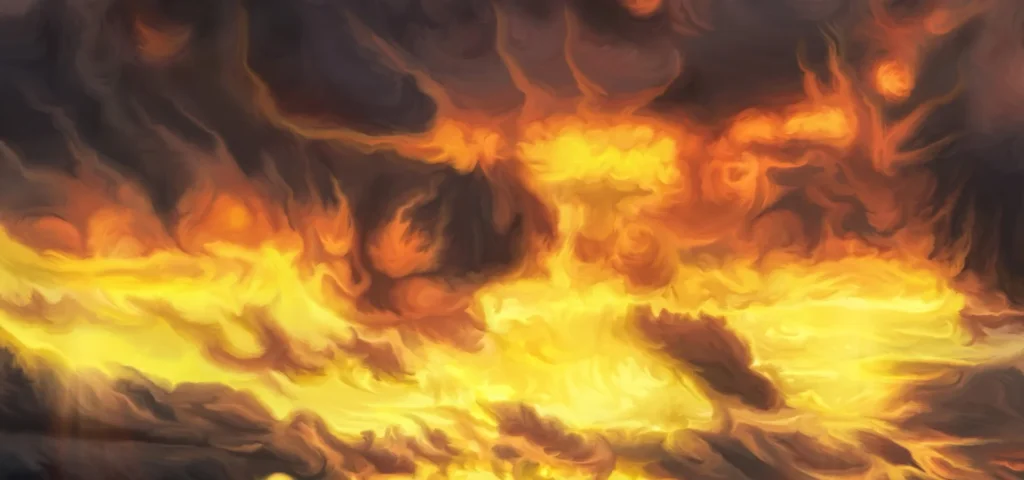
Prakrti and Purusa (the jivatmas) also dissolve into the Supreme Spirit (Sri Vishnu). This is Prakrta Pralaya, where even the source of Nature is consumed, with no trace of the 3 Lokas including Brahma (Satya) Loka.
After this dissolution, a new Brahmanda comes into existence. Brahmanda is also known as the Egg of Brahma or the place which is under the dominion of Sri Brahma. For this new creation, Sri Vishnu inaugrates a new Divine Being as Brahma.
Atyantik Pralaya
This dissolution is the point of Supreme Enlightenment. When a Jiva attains the final goal of his existence he moves away from material nature into the Spiritual regime.
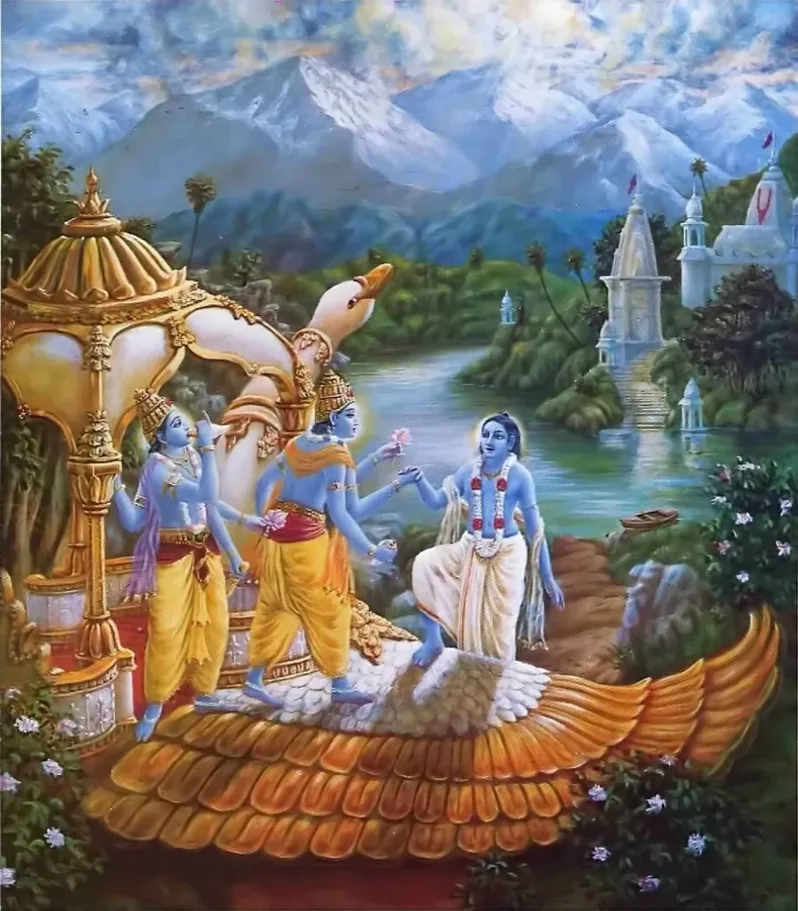
It is said in the Vishnu Purana that an individual is affected by three types of worldly suffering namely:
1) adhyatmika- caused by one’s body and mind
2) adhibhautika- caused by other living beings
3) adhidaivika- caused by the gods or natural calamities.
Supreme Enlightenment results when these three sheaths of suffering perish.
However, the Grace of the Supreme Being and power of perfect spiritual practices, can eradicate all suffering. This is Liberation. This is Atyantika Pralaya.
Depending on the path that you take, one attains Liberation. A Jnani merges with the Supreme Being while a devotee or Bhakta, enters the Supreme divine Abode of Lord Vishnu, which is free from the dangers of Naimittika and Prakritika Pralaya.
So, as a result of Atyantika pralya, a devotee attains the personal service of Sri Vishnu. In a nutshell , the attainment of Bhagawan or any of His divine incarnations is Atyantik Pralaya.
Test your Alignment with the Spiritual Subject Matter (only 7-8 Questions)
The scores generated in this Quiz are relative. There are no right or wrong answers. A percentage towards 100 indicates that you are more aligned to the overall subject matter.
Nitya Pralaya
Vishnu Purana does not explain in much depth about Nitya Pralaya .
In short this represents the everyday dissolution of the world, when an individual sinks into the state of slumber.

When the person wakes up, the world emerges from him, as he comes back to the conscious state. In a nutshell, an Ideal deep state is considered as the state of Nitya Pralaya.
Please Like the Blog and Share it for Maximum Reach


